Developing Slow Tourism in the Mediterranean: get to know the 13 Med Pearls pilot areas!
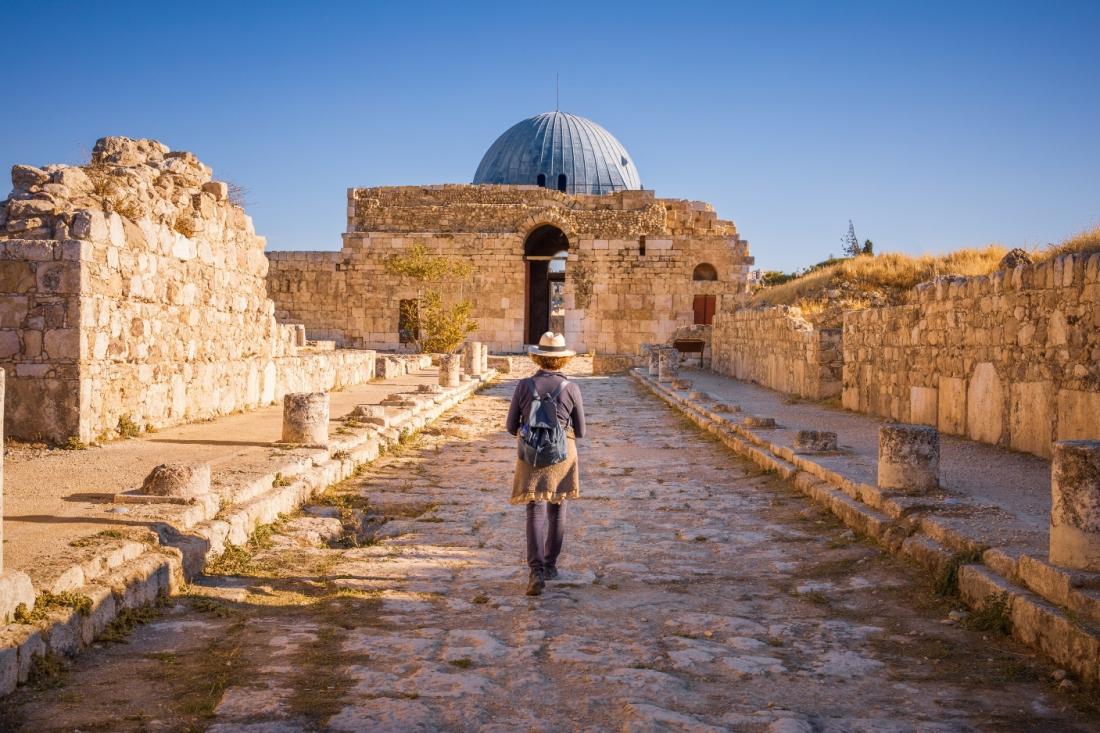
Cradle of civilisations, the Mediterranean region is synonym of historical remains, a broad range of landscapes with singular ecosystems, and a unique way of understanding life through wholesome food, wellbeing and sharing with others.
There is not a single way of enjoying the Mediterranean region, but there is definitely a way to enjoy it in the most authentic manner: allowing you the time to discover it, practicing Slow Tourism!
The ENI CBC MED 'Med Pearls' project is working in 13 areas in 6 countries to develop the first cross-border offer of Slow Tourism experiences in the region. Along the following lines, you will get an appetiser of what is hidden, waiting for you, in the Med Pearls destinations.
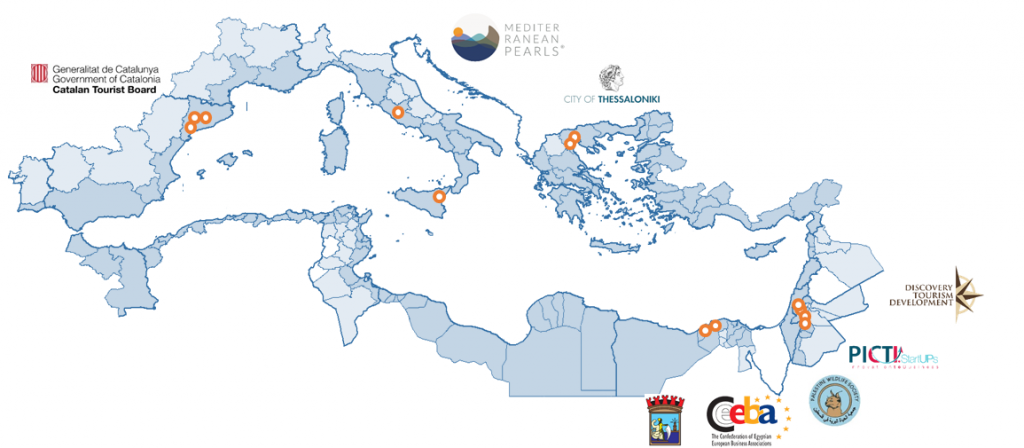
Starting with Alexandria region in Egypt, we find two of many interesting destinations: El-Montazah district and the Lakes of Edku and Mariout, both found around the metropolitan city of Alexandria.
El-Montanza is located at the north-eastern edge of Alexandria on the Mediterranean coast; it is the name of both the district and the historical royal park. The district treasures important attractions like the Abu Qir neighbourhood, famous for its fresh seafood; the royal landscape park and forest reserve; as well as the Nelson Island and the sunken cities of Thonis-Heracleion and Canopus, with an important history relevance.
The area of the Lakes of Mariout and Edku, both of global importance for migratory birds as vital resting stations and as hot spots for the conservation of Egyptian flora, extends along the Egyptian Mediterranean coast. The lakes are partially surrounded by Arab-Bedouin tribes and local fishermen communities who have long been known for their unique culture, preserved lifestyles and especially for their authentic, oriental cuisine. Lake Mariout is also surrounded by ancient tombs and is well known for its isolated yet extremely welcoming monasteries, Saint Mercury (Abu Sefein), Mar Girgis and Mar Mina, where visitors can often buy goods locally crafted, harvested or handmade by the residing nuns or monks.
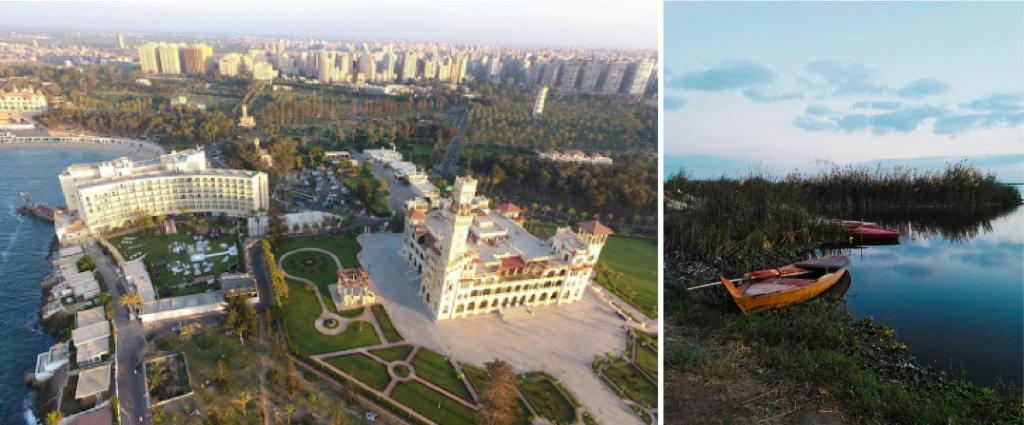
Moving on to Palestine, located between the cities of Hebron and Jerusalem, visitors can find the history and culturally-rich town of Bethlehem. From this town there is also an easy access to the Jerusalem Wilderness or Judean Dessert. This one is an array of hills and canyons that extends from the Judean Mountains to the Dead Sea. It is a protected area with a strong natural ecological meaning as due to its dramatic geography and unique wilderness fauna and flora.
Jenin, on its part, is a city in the north of Palestine, offering a wide array of attractions: Marj Ibn Amer, an extensive farming plain surrounded by mountainous coloured villages; Sanur, a historic village from the Ottoman period with a an imposing fortress by member of the Sheikh clan; and Arraba, city that dates back to the ancient fortified Canaanite city of Arubboth which keeps an important significance still today.
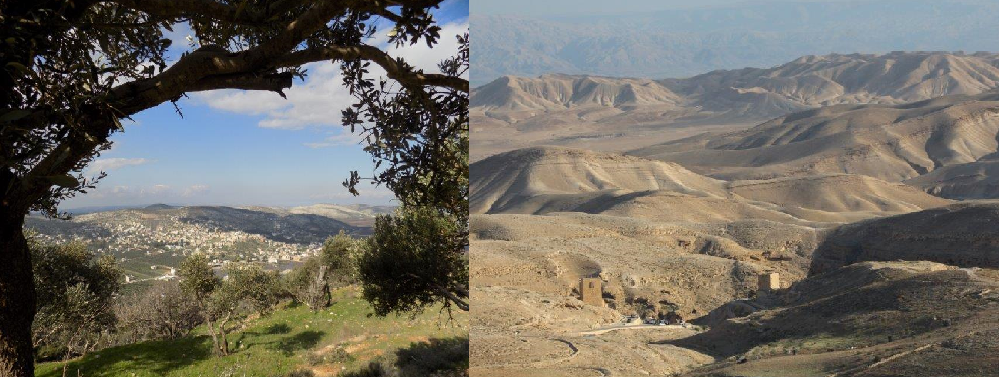
Continuing our journey we arrive to Jordan, where we find the Jordan Valley, a long and narrow fertile strip of land sparsely populated, 105 Km long, an average 10 Km width, that opens and reach the Dead Sea. This location was chosen specifically because it is an extraordinary agricultural area, famous for producing dates locally as well as citrus fruits, and other products. The area has recently undergone major developmental processes, with substantial impacts on the local nature and ecology.
Few kilometres away from this area, we find the ancient town of As-Salt, located in the governorate of Balqa, once was one of the most important settlement of the region. During the Ottoman rule, this town flourished on many levels, culturally and architecturally, being the most prominent. During the course of the years, it has also been home to many cultures like the Romans, Byzantines and Mamuk civilization. The remains of these architectural extravagances are still evident, like the yellow sandstone buildings, the Italian frescoed ceiling of several mansions, the Roman Tombs, and the Citadel, all of them with a great tourist potential.
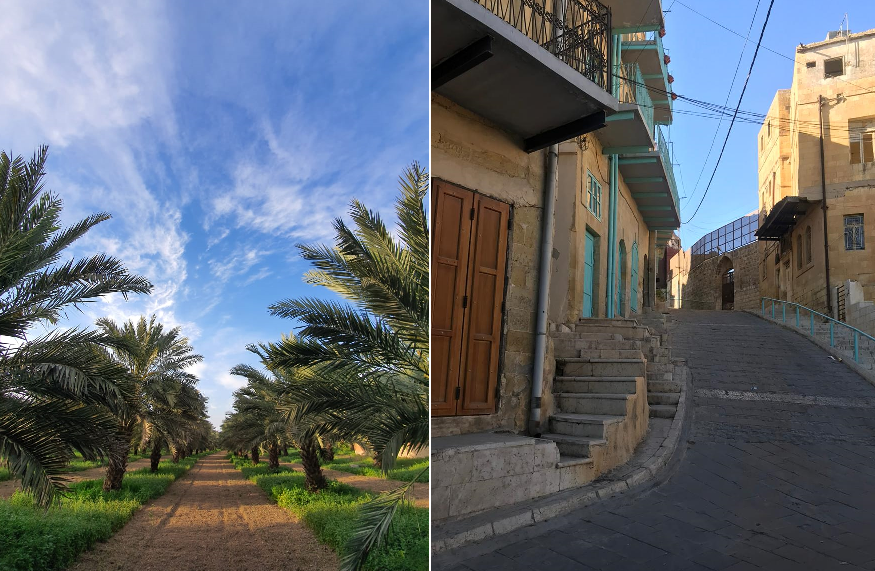
Moving west, Central Macedonia is the second largest region of Greece and is located in the central northern part of the country, in the historical area of ancient Macedonia. It is home of two distinguished destinations close to Thessaloniki: Imathia, including Ancient Aigai (Current Vergina) and the Piera region crowned with the mythical Mount Olympus.
Imathia was the first capital of Ancient Macedon were Alexander the Great was proclaimed king, and features one of the most important ecosystems in Greece: the wetland complex which includes the delta of the Axios river and the delta of the Aliakmon river. This constitutes a system of river estuaries, marshes, lagoons and salt flats, home for many species of wild animals and birds.
Mount Olympus is a 2.918 m high pristine mountain that ancient Greeks claimed to be the Mountain of the Gods. There are dozens of routes prepared to welcome visitors from all physical conditions who will be rewarded with the possibility to observe over 1700 varieties of plants, 23 of which are unique to the region and a wealth of animal and bird life.
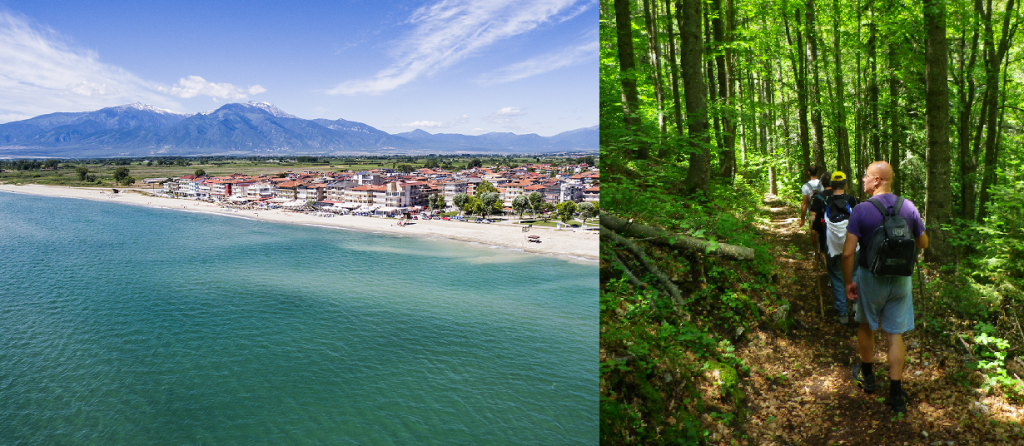
Following with another destination with remarkable natural heritage, the historical area of ancient Sabina in Italy, at some 40 km from Rome, lies from the banks of the Tiber River to the Sabine Mountains - one of the most beautiful, unspoiled parts of Lazio, forming part of the Apennine chain.
Sabina and its main town, Rieti, count on an enchanting landscape made of hills surrounded by vast, limitless fields of olive trees, which rise to steep mountains with extensive oak forests and small beautiful medieval villages, castles and monasteries all around. This fantastic landscape has remained essentially unchanged over the years.
If we move to the Sicilian Alcantara Valley, we will find ourselves between the Nebrodi Mountains and the Etna Volcano – UNESCO World Heritage Site - and the highest volcano in Europe and one of the largest in the world. The valley is crossed by the Alcantara River whose waters come out from the fresh springs of the surrounding mountains, thus creating a very particular microclimate that favours an endemic vegetation and many animal species.

To end our quick tour around the Med Pearls destinations we arrive to the counties (comarques) of Anoia, Les Garrigues and Ribera d’Ebre in Catalonia, Spain.
Anoia is made up of contrasting landscapes with high plains in the north, the leafy forests of the Conca d’Odena in the centre, and an important vineyard and Mediterranean landscape in the south. The county has an important offer of hiking and cycling itineraries that will lead you to the numerous castles and towers dating from mid-10th and mid-11th century dispersed throughout the territory. History is also present in the county in the form of prehistory, Iberian and Roman remains; and several dozen traditional festivities all along the year bring to life the culture and traditions of this beautiful area.
Les Garrigues, in turn, is known for its wide fields and plains, and for being one of the largest olive oil producers in the region and for the quality of its wine. The low acidity of the typical variety of olive oil in Les Garrigues, the Arbequina, is considered by the experts to be one of the best olive oil. The growing process of olive trees, their harvest and the almost handmade process of producing olive oil are a tourist attraction by themselves. Nature lovers will enjoy the natural protected areas with interesting opportunities for birdwatching but history lovers will also find their place with the UNESCO site Cova dels Moros del Cogul and the Iberian Fortress of the Vilars and Roman Villa among other sites.
Last but not least, Ribera d’Ebre, in the south of Catalonia, is a county in dialogue with the River Ebre: source of life, source of culture, “main street”. This is an area known for its beautiful villages and a landscape that merges both mountains, and fields of almonds and fruits. Ribera d’Ebre as part of Terres de l’Ebre was declared Natural Biosphere Reserve by UNESCO in 2013 and is listed as Top 100 Sustainable Destination by Green Destinations every year since 2016. 2 Designations of Origin for wine and 2 other for olive oil can be enjoyed in Ribera d’Ebre pairing the experience with multiple open air activities at the river or in the forests.









